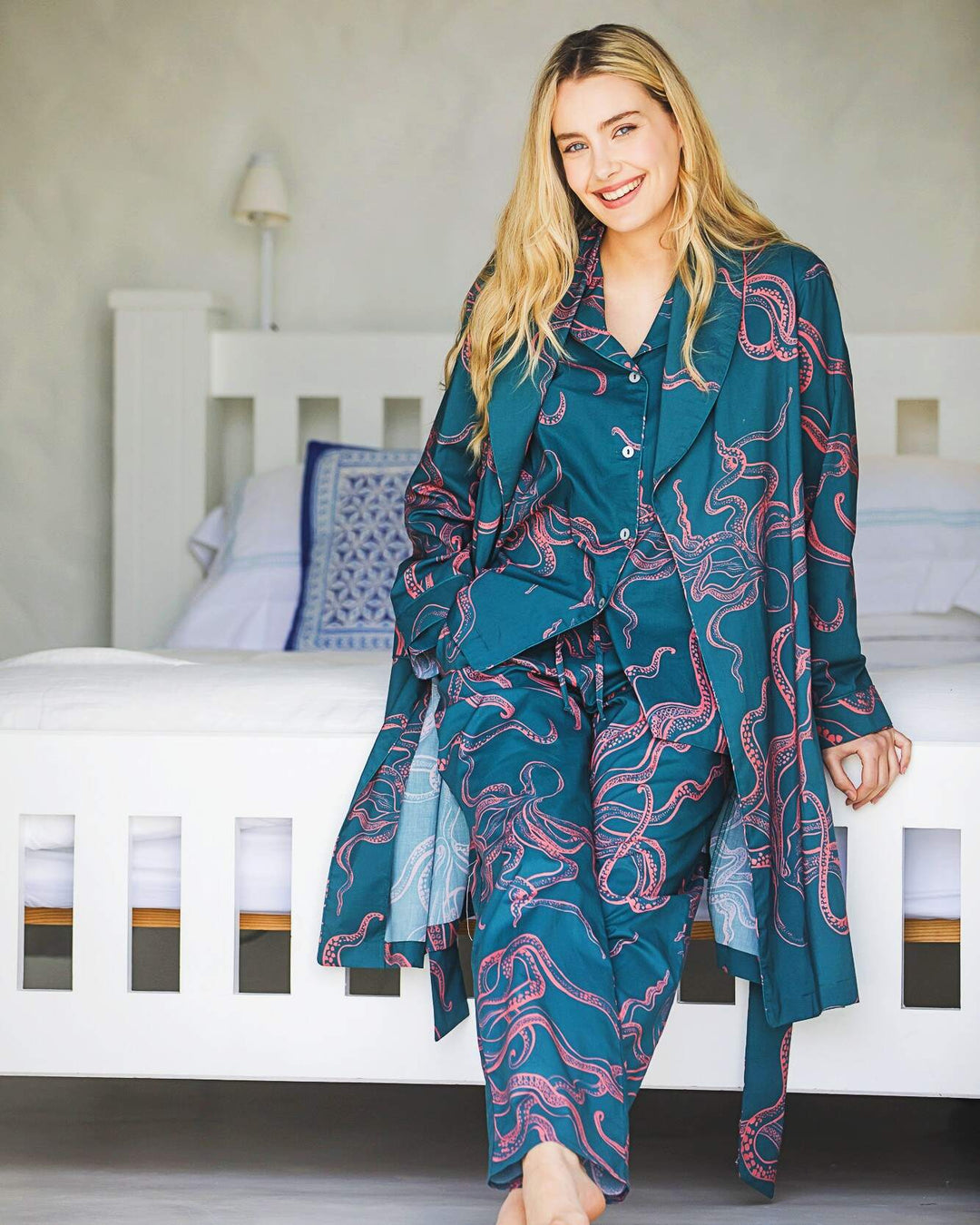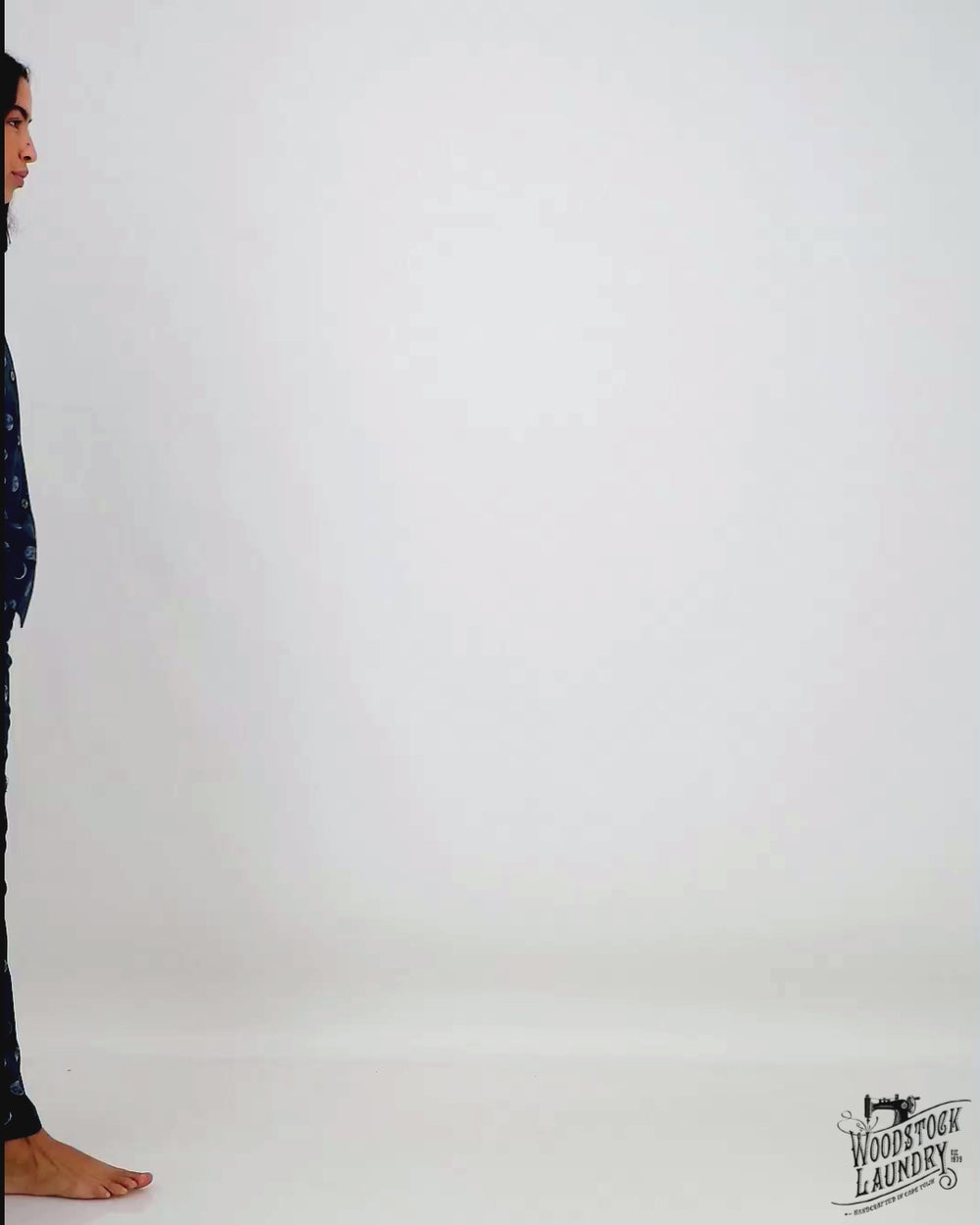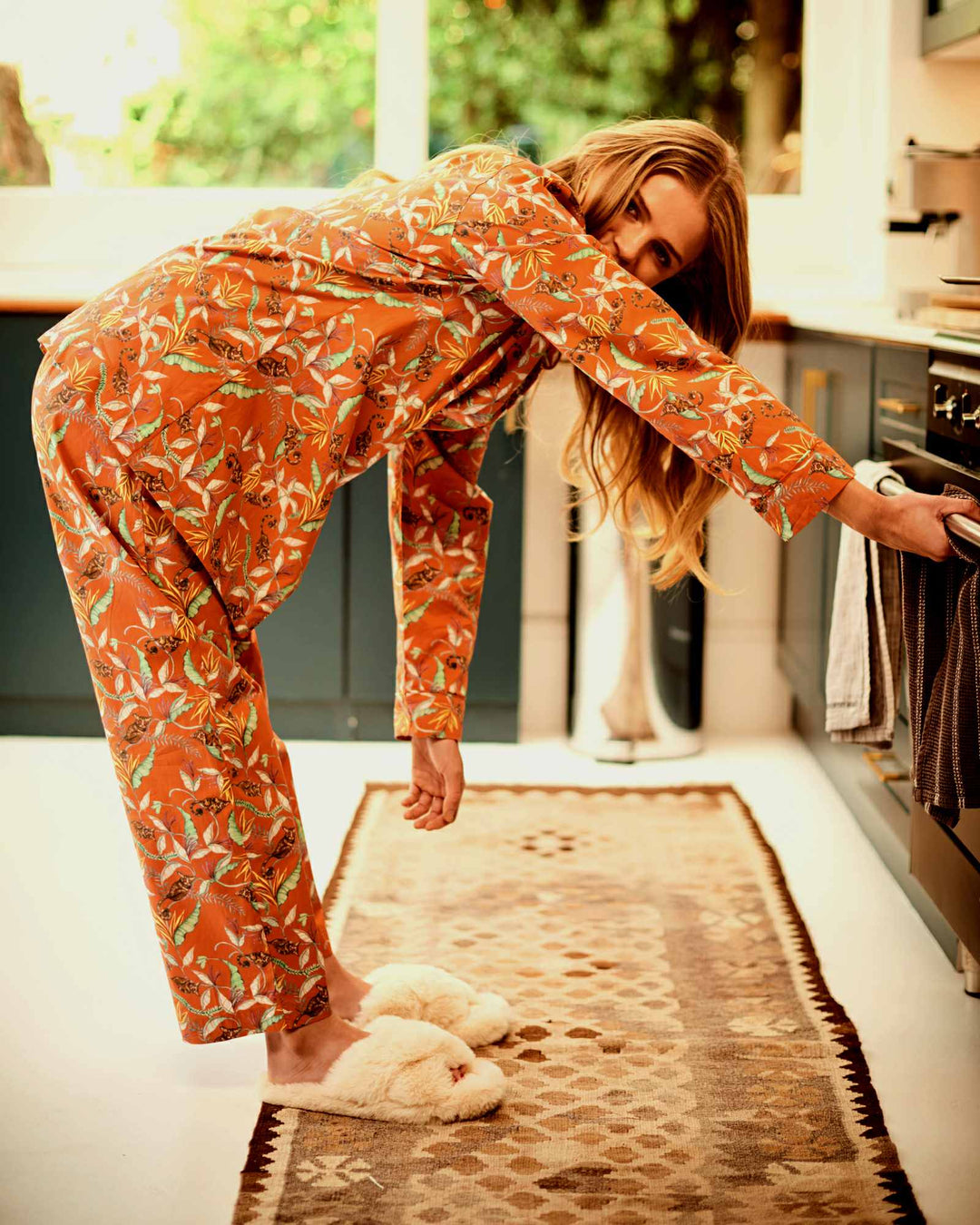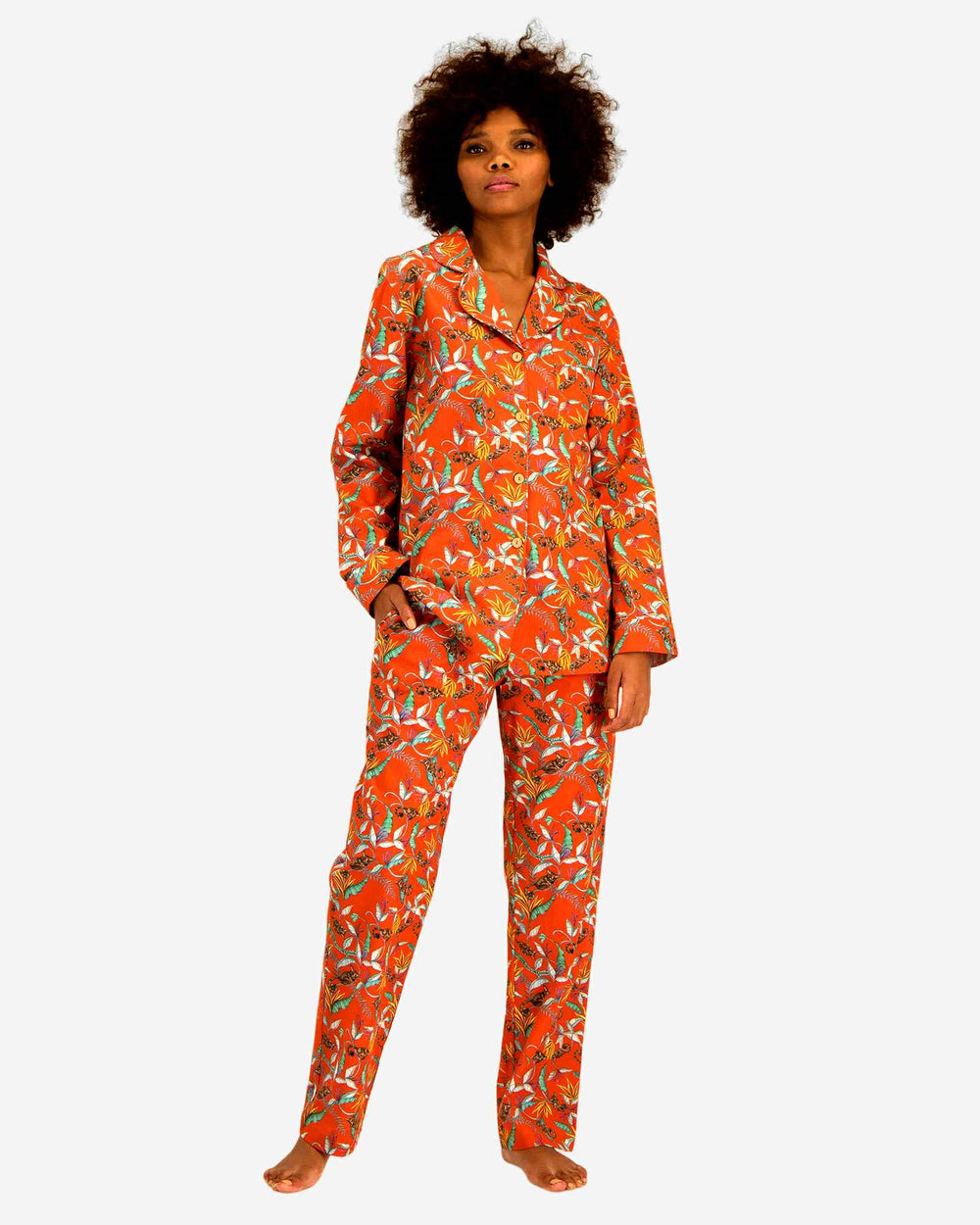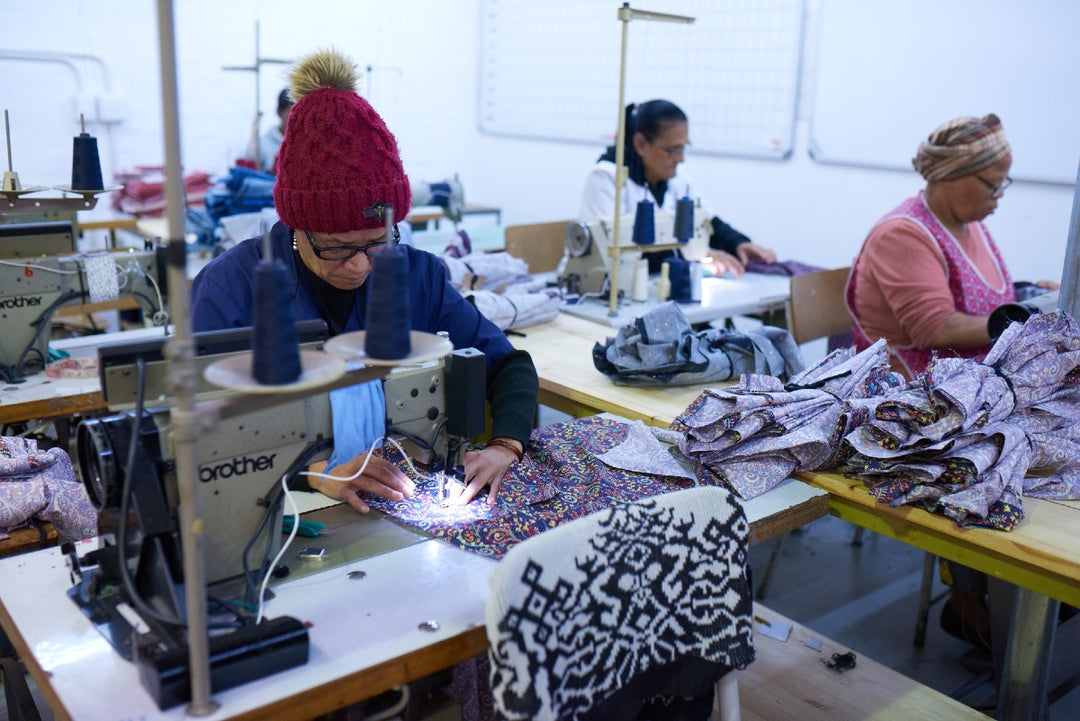The history and evolution of women's pyjamas offer a fascinating insight into how sleepwear has been shaped by cultural, geographic, and technological factors over time. From the early days of simple nightgowns to the diverse array of modern styles, women's pyjamas have undergone significant transformations as a result of fashion trends, social changes, and innovations in materials.
In the early history of women's sleepwear, simple nightgowns or chemises were the norm. Made of lightweight fabrics such as linen or cotton, these garments were practical, modest, and comfortable. As time progressed, cultural and geographic influences began to play a more significant role in shaping sleepwear styles. For example, in Japan, women have traditionally worn the "yukata," a light cotton kimono, as sleepwear during the warmer months. In India, the "salwar kameez," a combination of loose pants and a tunic top, has been used as sleepwear in some regions.
The transition from nightgowns to various pyjama styles can be attributed to multiple factors, such as the influence of Eastern cultures on Western fashion and changing social norms. In the early 20th century, women began to adopt pyjama styles inspired by traditional Asian garments. These new designs provided greater freedom of movement and a sense of liberation compared to the restrictive nightgowns of the past. Over time, pyjamas continued to evolve, with different styles emerging, such as the "babydoll" nightwear of the 1950s and the more recent trend of "athleisure" sleepwear.
Technological advancements and new materials have also played a crucial role in the evolution of women's pyjamas. The introduction of synthetic fabrics, such as nylon and polyester, provided sleepwear designers with more options to create lightweight, durable, and comfortable garments. Additionally, innovations like moisture-wicking materials have further enhanced the functionality and comfort of modern sleepwear.
Fashion trends and social changes have had a significant impact on the development of modern sleepwear styles. As women gained more independence and freedom in the 20th century, sleepwear began to reflect these social shifts. For example, the flapper era of the 1920s saw the rise of more revealing and daring sleepwear styles. Similarly, the feminist movement of the 1960s and 1970s influenced the popularity of unisex pyjama styles, breaking down traditional gender norms in fashion.
Throughout history, notable designers and brands have contributed significantly to sleepwear evolution. Coco Chanel, for example, is credited with popularizing loungewear and pyjamas as everyday wear for women in the 1920s. More recently, brands like Victoria's Secret and Eberjey have become synonymous with stylish and comfortable sleepwear.
Personal anecdotes and reflections on sleepwear trends can offer a unique perspective on how these changes have impacted society and individual experiences. For instance, the growing acceptance of pyjamas as casual wear has allowed many people to embrace comfort and self-expression in their daily lives. Furthermore, the increasing popularity of gender-neutral sleepwear options has empowered individuals to challenge traditional gender norms and expectations.
In conclusion, the evolution of women's pyjamas is a rich and multifaceted story, reflecting the interplay of cultural, geographic, and technological influences over time. From simple nightgowns to an array of modern styles, sleepwear has continually adapted to meet the changing needs and desires of women across the globe.




